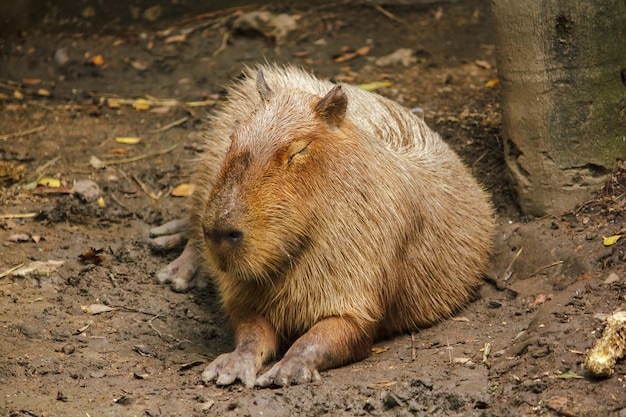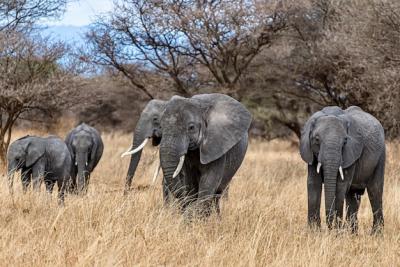Capybara: The World’s Largest Rodent – Free Stock Photo to Download
Learn About Capybaras
The capybara is an intriguing creature often found in zoos, where visitors can observe its unique characteristics. As the largest rodent in the world, the capybara stands out not just for its size but also for its friendly nature and social behavior.
Physical Features
A fully grown capybara can weigh between 77 and 150 pounds. They have a robust body, short legs, and a large head, making them easily recognizable. Their fur is coarse and usually a brownish color, which helps them blend in with their natural habitat.
Social Behavior
Capybaras are social animals and tend to live in groups. These groups can vary in size, but they often consist of 10 to 20 members. Within these groups, they share a harmonious bond, grooming one another and communicating through a variety of sounds.
Habitat and Diet
In the wild, capybaras are typically found near bodies of water such as rivers, ponds, and marshes. They are great swimmers, and their webbed feet assist in this activity.
Their diet mainly consists of grasses and aquatic plants. Here are some key points about their eating habits:
- Capybaras are herbivores, which means they eat plant materials.
- They often graze for up to 16 hours a day.
- Fresh grass and hay are vital components of their diet.
Life in the Zoo
Capybaras in zoos are cared for by dedicated staff who ensure they receive proper nutrition and a suitable environment for their natural behaviors. Observing a capybara in a cozy setting provides visitors with a chance to connect with this unique animal.
Why Visit the Zoo to See Capybaras?
Seeing capybaras in a zoo setting allows families and animal lovers to learn more about these fascinating creatures. Hereâs what you can expect:
- Interactive and engaging exhibits.
- Educational demonstrations about their habitat and lifestyle.
- A chance to watch them socialize and interact with other animals.
In conclusion, visiting capybaras at the zoo offers not just a chance to admire the largest rodent but also to appreciate their social nature and vital role in ecosystems. Let this cheerful animal bring joy and knowledge during your next zoo visit.












